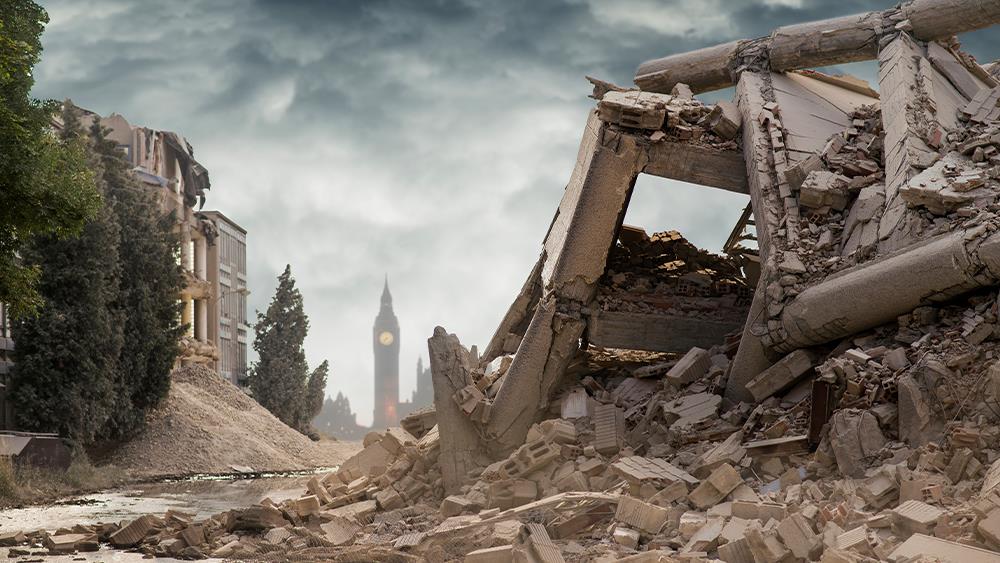

Jane Marsh, Editor-in-Chief of Environment.co, explains how to handle supply chain disruption from natural disasters.
A massive storm emerges from nowhere, damaging essential warehouses and disappointing clients for months or potentially years. Companies want to avoid this turmoil, primarily when several B2B partners rely on them for critical deliverables.
Essential businesses cannot afford to be uprooted by weather, so how can the supply chain protect itself from natural disasters?
The most powerful natural disasters are unique to specific regions. For example, flooding and hurricanes make coastal warehouses paranoid, while corporations near fault lines or volcanoes must consider stability issues. All occurrences lead to disruptions in production, destroyed products and unsafe working conditions for staff. Climate resilience must rise above all goals and budgets for builders, suppliers, shippers and manufacturers.
Disasters do more than tear up buildings and stock. They close roads necessary for fleets, resulting in price increases and delayed deliveries of raw materials for other sectors — even if they are far from the site. This tarnishes contracts, reputations and trust with clients and consumers alike. However, it is within a company’s control to make a stronger comeback.
Most supply chain managers do not consider natural disasters a pressing priority. Yet, every year delivers historically expensive and severe weather events. Many only discover effective recovery strategies once the damage hits them. How does a supply chain enter the business again?
First is communication and collaboration. Supply chain management must reach out to experts in their field to isolate concerns — such as fires and flooding — and focus on public safety above all else. This includes ensuring necessities like potable water and insurance coverage.
Though this step seems obvious, corporations have difficulty sacrificing what they have built. A people-focused approach means the workforce will return with as much morale as possible.
Secondly, depending on the number of verticals within the supply chain, they must hone in on their most profitable markets and make them accessible. If a region loses a specific resource because of a natural disaster, putting efforts into this niche does not make sense. Supply chains must identify top-performing avenues, reaffirm relationships with nearby clients to reduce friction and potential delays, and scale back into the industry gracefully.
Generating steady revenue until expansion and diversification can happen again is a more sustainable foundation and strategy. Finally, companies must create a natural disaster resilience plan so they will not have to repeat this process.
Every supply chain’s priorities look different depending on the most prevalent disasters. Each variant requires unique defensive measures, but all must embrace visibility and transparency. Additionally, they must have regular updates and employee engagement to ensure clarity for adequate implementation.
How do robust supply chains create a business continuity plan against threats? Identify the most typical risks to an area, such as a combination of storms, mudslides and fires. This will reveal the most notable vulnerabilities from each type of event, including:
Do flood walls need installing to protect infrastructure, or could contacting a third-party cloud vendor save precious data? Supply chains must document a response plan, outlining communications with authorities and setting client expectations. It should also detail how to backup, store and protect documents and customer data.
Identifying focus areas must start from a macro view of core operational systems, then zoom into a micro perspective of protecting equipment or building fixtures. Supply chains are responsible for testing this protocol regularly and incorporating change management as necessary.
The climate crisis is too rampant to ignore protective measures. Consumers are more demanding than ever, and ascending populations mean expectations become more aggressive. Risking inventory and employee safety is not an option anymore. Implementing contingency plans and precautions strengthens supply chains to withstand the worst disaster events.